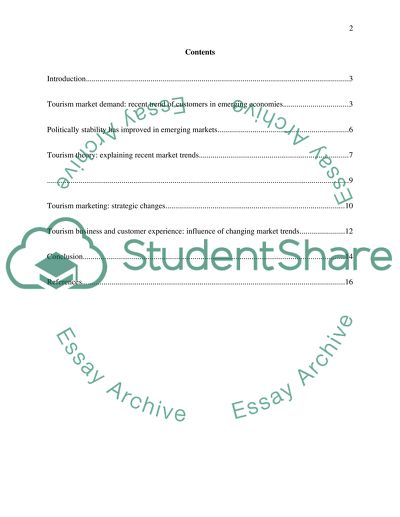Cite this document
(“Tourism market demand: recent trend of customers in emerging economies Essay”, n.d.)
Tourism market demand: recent trend of customers in emerging economies Essay. Retrieved from https://studentshare.org/tourism/1495302-tourism-market-demand-recent-trend-of-customers-in-emerging-economies
Tourism market demand: recent trend of customers in emerging economies Essay. Retrieved from https://studentshare.org/tourism/1495302-tourism-market-demand-recent-trend-of-customers-in-emerging-economies
(Tourism Market Demand: Recent Trend of Customers in Emerging Economies Essay)
Tourism Market Demand: Recent Trend of Customers in Emerging Economies Essay. https://studentshare.org/tourism/1495302-tourism-market-demand-recent-trend-of-customers-in-emerging-economies.
Tourism Market Demand: Recent Trend of Customers in Emerging Economies Essay. https://studentshare.org/tourism/1495302-tourism-market-demand-recent-trend-of-customers-in-emerging-economies.
“Tourism Market Demand: Recent Trend of Customers in Emerging Economies Essay”, n.d. https://studentshare.org/tourism/1495302-tourism-market-demand-recent-trend-of-customers-in-emerging-economies.


